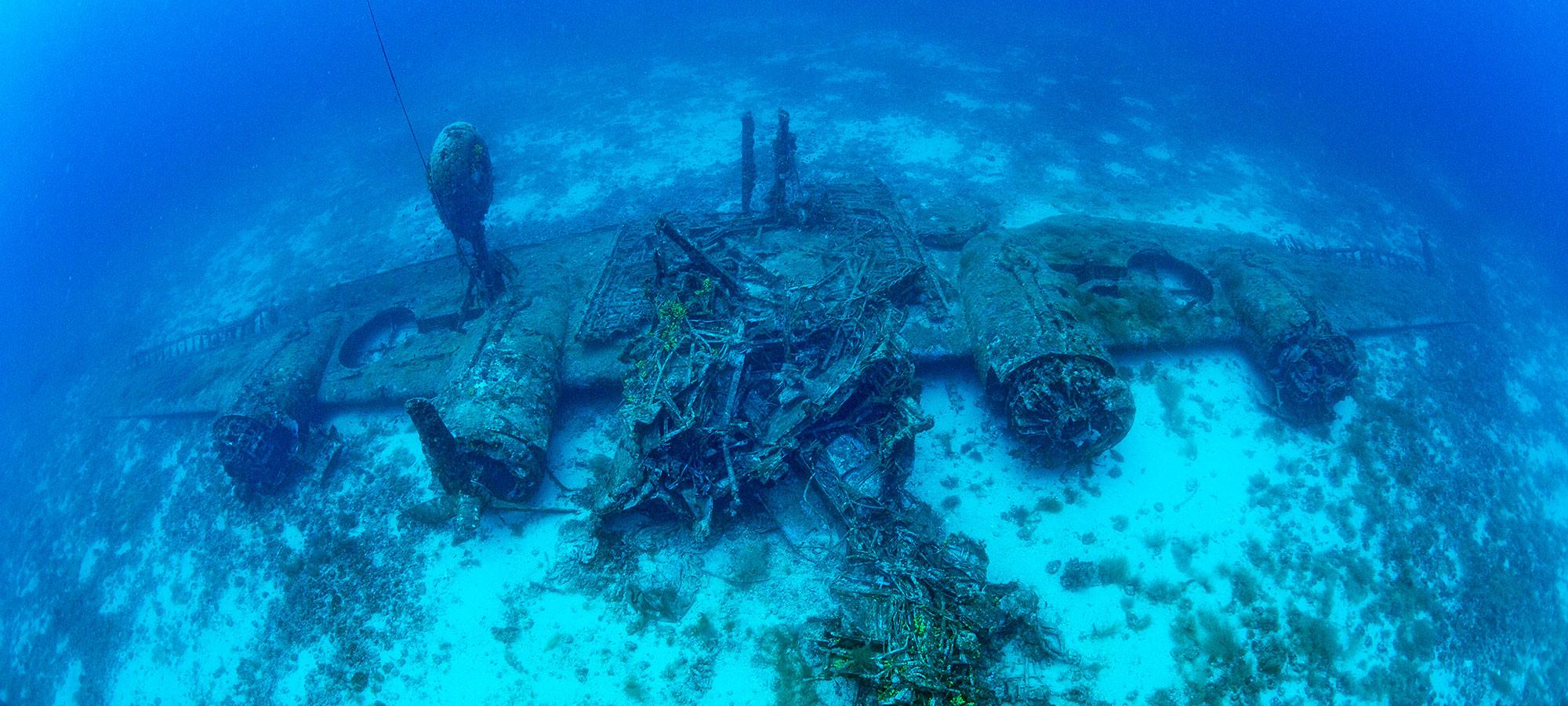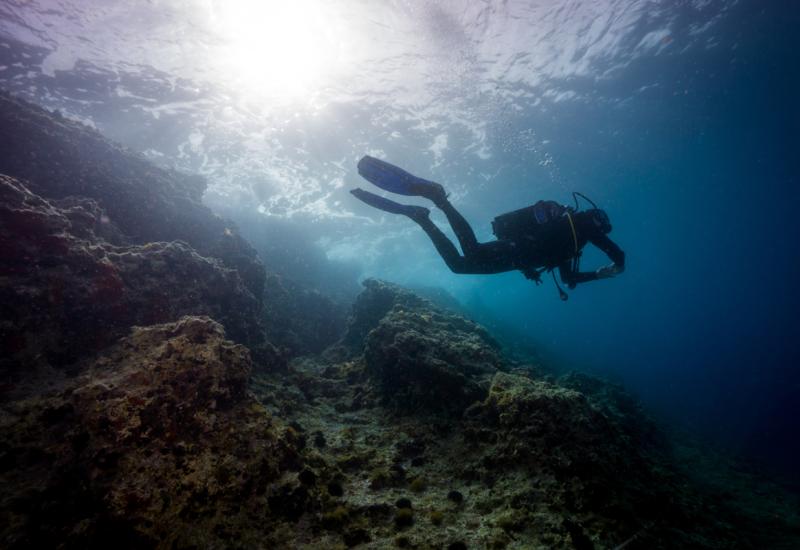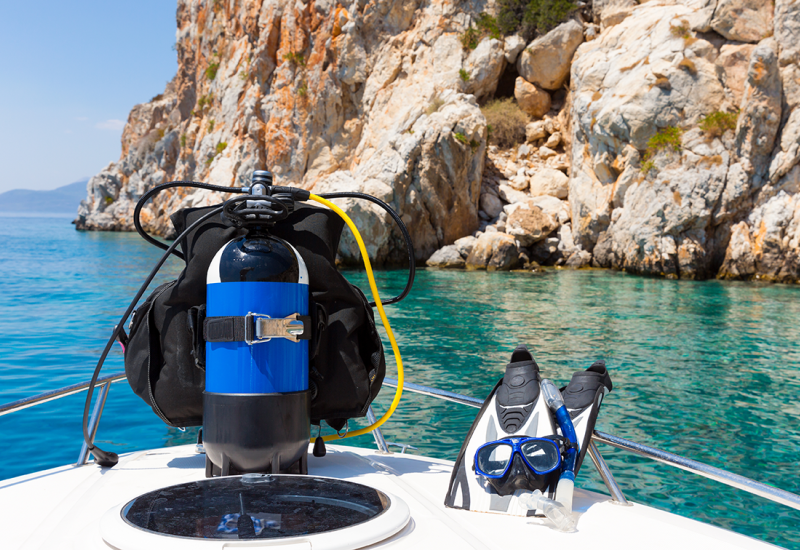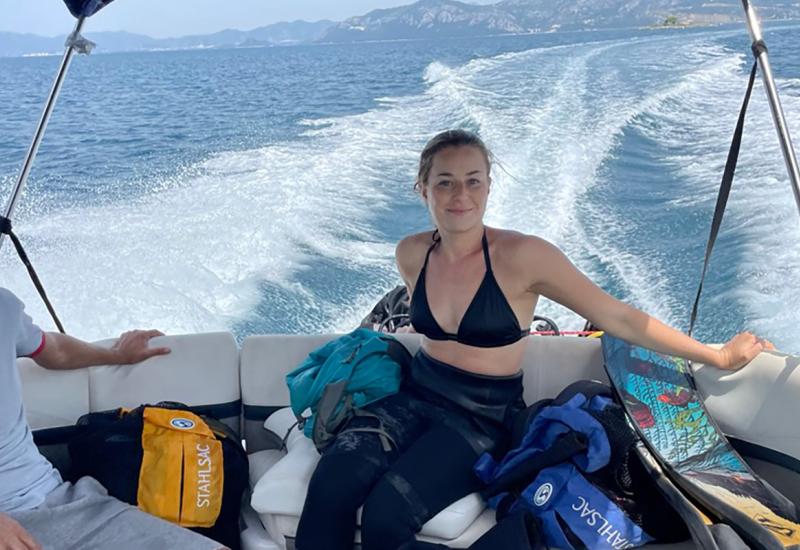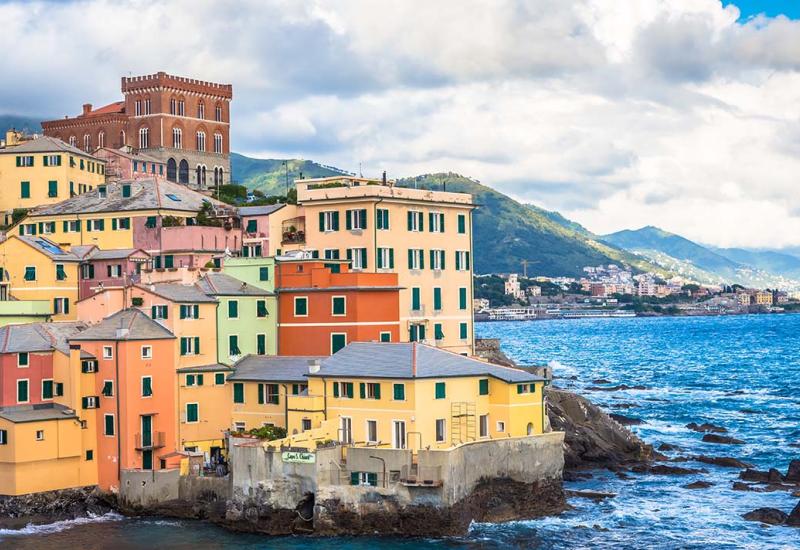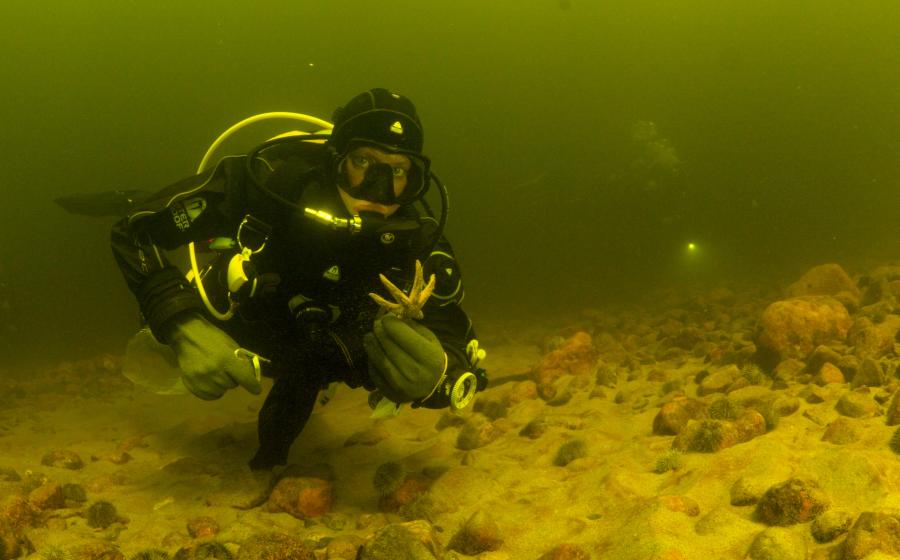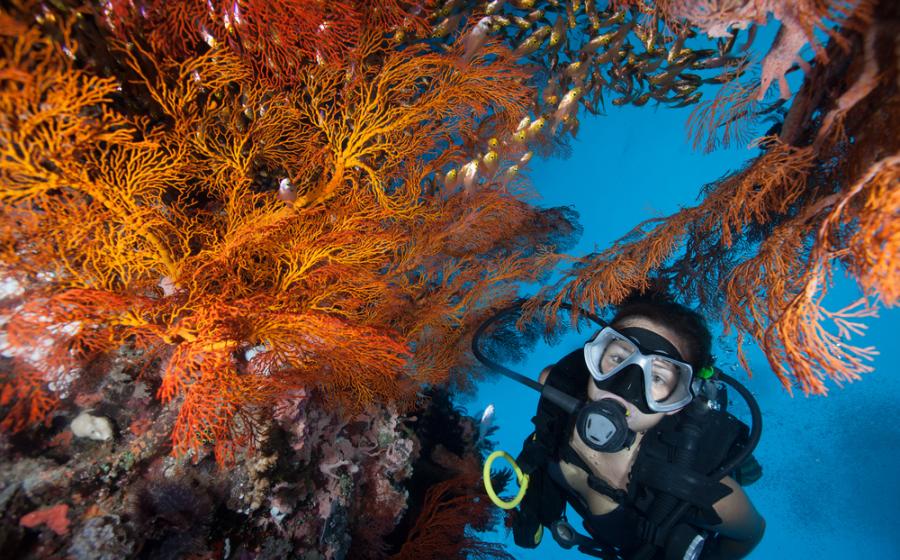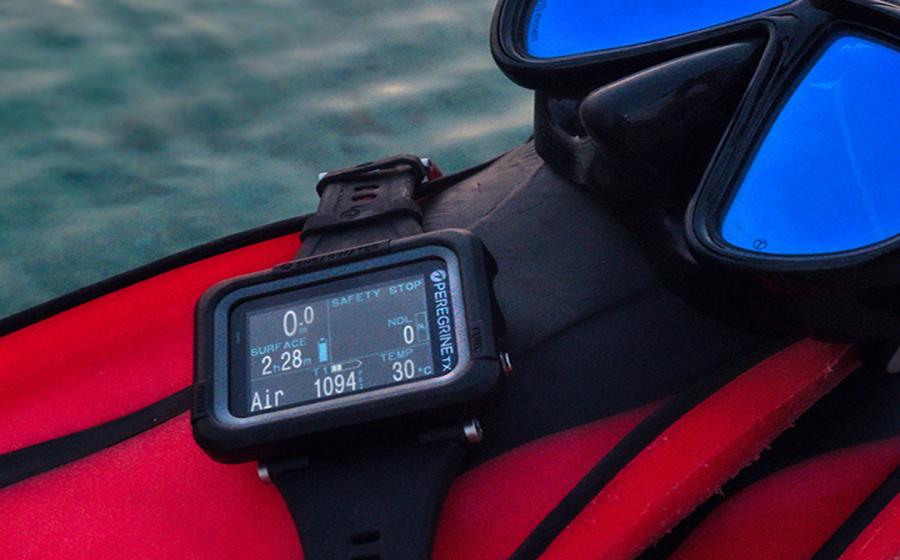Three Recently Discovered Wrecks You Can Dive in the Adriatic Sea
The tiny island of Vis, in the Adriatic Sea, is a crossroads of old trades and recently, military courses. For many years, it was a forbidden and restricted military area of the Federal People’s Republic of Yugoslavia, under the presidency of Marshal Josip Broz Tito. Only in 1991, when the iron curtain finally came down, it was opened up for tourism and diving.
The crystal-clear blue waters surrounding the island are perfect guardians of many shipwrecks belonging to several historical eras. Many of these wrecks had strategic importance during wartime, both for offensive activity and for civil transportation, but they reached unexpected fame once “dead”. They became objects of studies for researchers in various disciplines: military frogmen made them harmless, physicists and mechanical engineers carried out samples and material observations, biologists and naturalists conducted research into the aspect of bio-origin and phylogenies, historiographers and archaeologists investigated social and cultural looks, etc.
Recently three new wrecks were discovered, here are their backstories:
PBY Catalina Aircraft
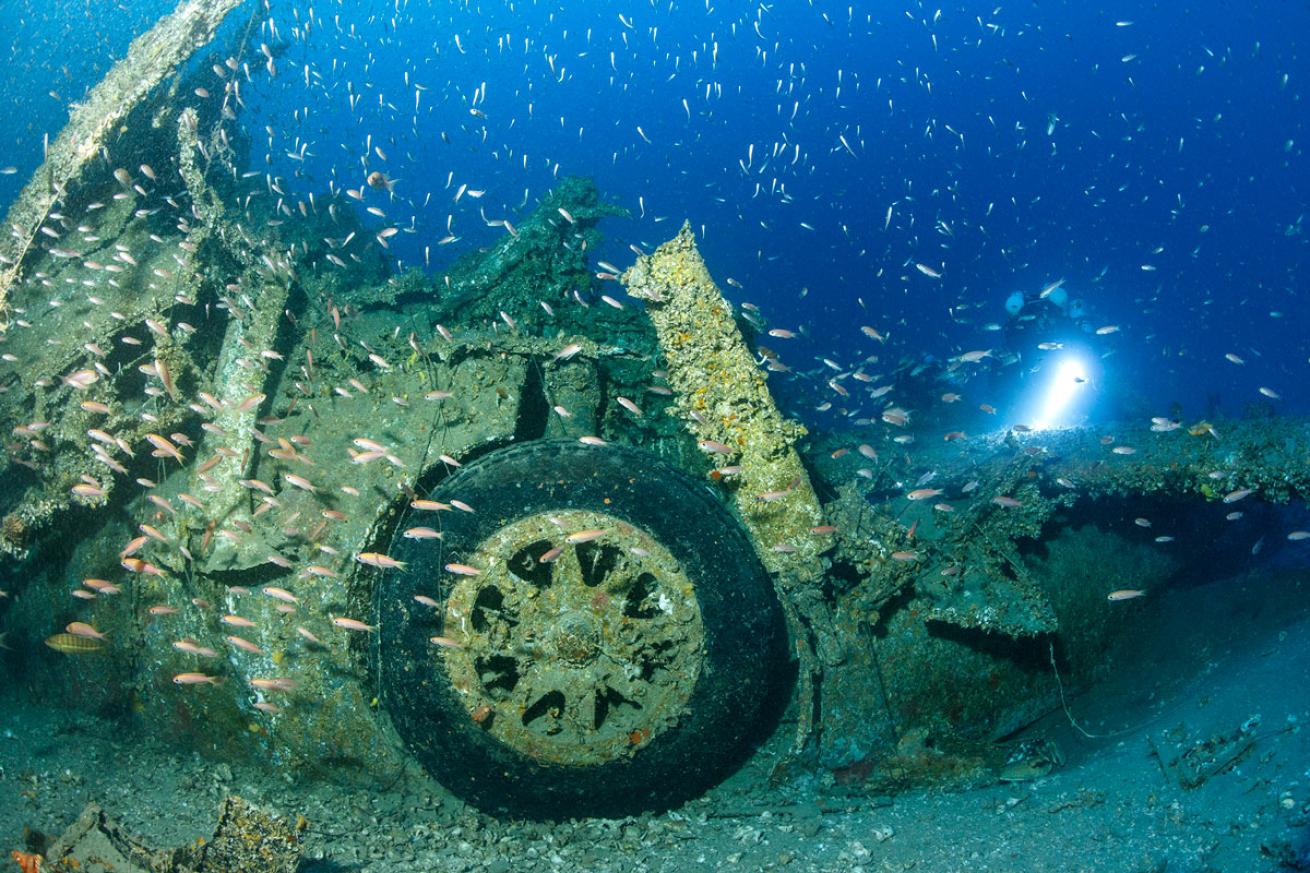
Franco BanfiPBY Catalina with its landing gear tire with Hub 56 Inch S.C. 16 ply tire is resting on the bottom at 95 m. The PBY Catalina and the Boeing B-17 Flying Fortress were the only aircraft with sufficient range to be effective in the Pacific, at the beginning of World War II.
A PBY Catalina aircraft sank on September 12, 1944 during an attempt to rescue five survivors from a very rough Adriatic Sea. The five survivors were part of the crew of the Consolidated B-24H Liberator #41-28762 Tailwind, assigned to the 515th Bomb Squadron of the 376th Bomb Group, Fifteenth Air Force Heavy Bomber Units, in San Pancrazio (Italy). On September 12, 1944, nearly 330 Boing B-17 Flying Fortress and Consolidated B-24 heavy bombers supported by P-38’s and P-51’s bomb Lechfeld A/F did a raid on Munich, focused to assault the Allach BMW Motor Works.
On the return route to San Pancrazio, the rudder control of the B-24H Liberator Tailwind failed, and the crew was ordered to bail out and parachuted into the middle of the Adriatic, about 90 km north of Vis. An intensive rescue mission was launched.
Despite high swells and strong winds, the captain of the PBY Catalina succeeded to do an open sea landing and to take aboard five survivors, but the airplane could not take off. It began to fill with water and was abandoned. The crew, as well as the rescued survivors, were picked up by a British Landing Craft Infantry (LCI), an amphibious ship, and taken to safety to Vis Island.
The remains of the PBY Catalina are now totally part of the sea, resting in the oblivion at 95 m of depth. It is perfectly aligned and only the lower part is partially buried in the sandy bottom; the tail and the structures in plexiglass, together with few frames, are lost but most of the equipment is still easy to recognize, even if the aircraft is totally covered by encrusting marine life, after having spent 76 years in the Adriatic Sea.
Technical information for PBY Catalina Aircraft Dive:
Level of Certification: Experienced technical diving
Rebreather: Yes, using trimix gases
Location: Vis Island
Historical interest: High
Biological interest: Medium
Min depth: 90 meters (295 feet)
Max depth: 95 meters (311 feet)
Sank: September 12, 1944
SS Michael N. Maris
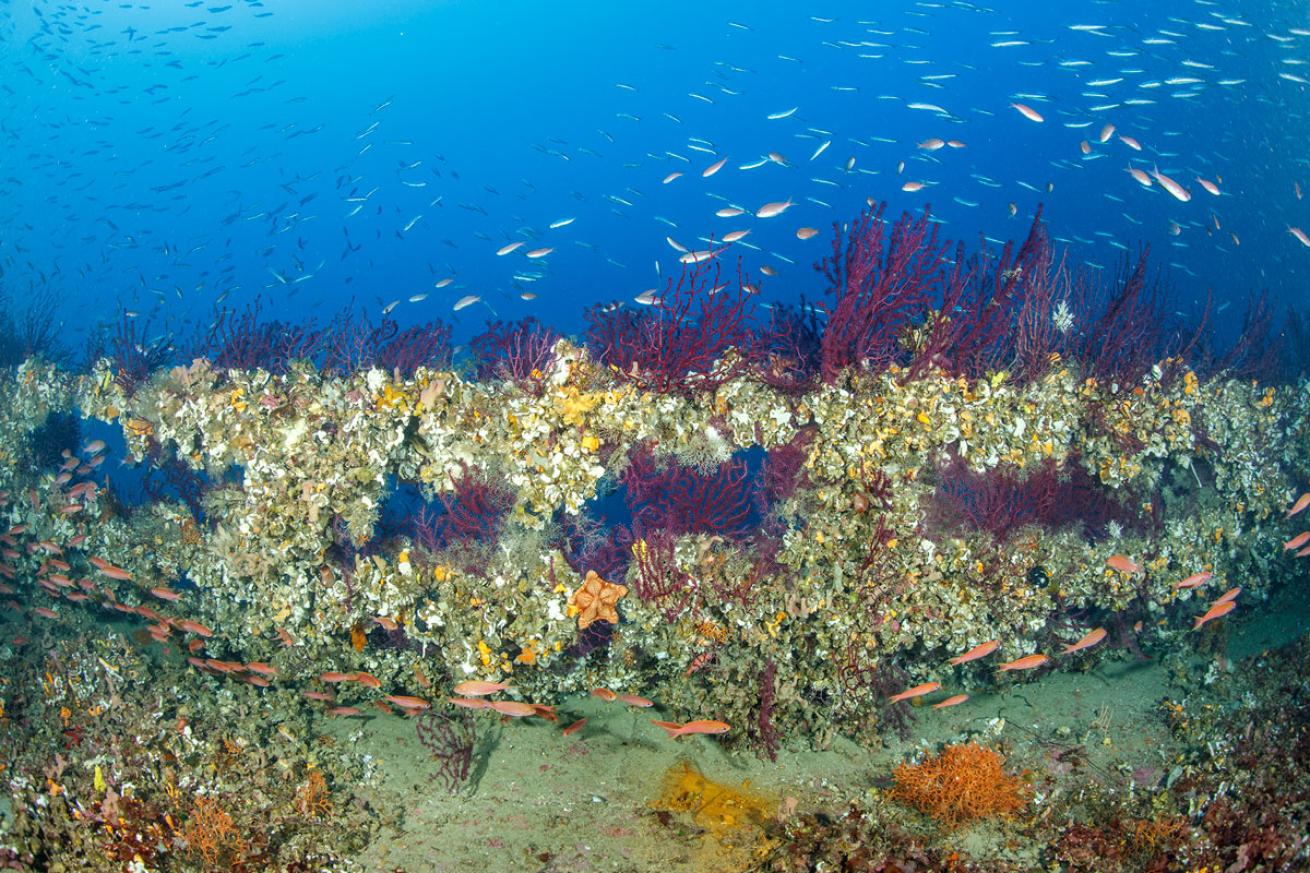
Franco BanfiHandrails of the SS Michael N. Maris cargo steamship can be seen colonized by benthic-life: it looks like a massive islet, an eco-system thriving with life. A clear evidence of how time and the sea make from huge pieces of steel a new house for fishes, crustaceans, molluscs, corals, sea-fans, sponges, tunicates, microorganism, bacteriae and so on.
The 105-metres long Greek Freightliner is the largest wreck in the area of Vis Island. On route from Danzig to Trieste and laden with coal, on July 12, 1932, the cargo hit the reef in the proximity of Brusnik islet and it sank the next day.
After 88 years underwater, the SS Michael N. Maris still lies on the seabed, at 60 to 74 metres depth, in perfect navigation position and remarkably well preserved. All layers of the wreck have been colonized by benthic-life: it looks like a massive islet, an eco-system thriving with life. Clear evidence shows how time and the sea can take huge pieces of steel and create a new house for fishes, crustaceans, molluscs, corals, sea fans, sponges, tunicates, microorganism, bacteria and more.
Descending along the line into the unfathomable cobalt blue and seeing the massive silhouette of the wreck in its entirety does not happen. From above, in the distance, you see an enormous and vague greenish shape, appearing slowly out of the fog. Approaching little-by-little, the boundaries of this massive wreck define. The recognition took a few dives with underwater scooters, starting at different points (and returning to the ascent line) due to the vastness of the SS Michael N. Maris and the decompression profile of the dives. The bow area, with the railings still in place, is covered with encrusting benthic coralligenous, sea fans and sponges— an ideal location for swirling anthias to swim around. When lightened by powerful torches, it appears as colourful as tropical coral gardens.
Penetration into the SS Michael N. Maris is possible at several points. Swimming through a regular opening, we entered the machinery room. The aisles and ladders with railings made for narrow passages but the room itself is large and home to some sizeable forkbeards. The wooden floor of the first bridge is gone, exposing the metal infrastructures at the colonization of encrusting critters and giving large passages through which, we can swim to reach the other levels of the ship.
Technical Information for SS Michael N. Maris Dive:
Level of Certification: Experienced technical diving
Rebreather: Yes, trimix gases
Location: Vis island, Brusnik Islet
Historical interest: High
Biological interest: High
Length: 105 metres (344 feet)
Width: 15 metres (50 feet)
Min depth: 60 metres (197 feet)
Max depth: 74 metres (243 feet)
Sank: July 13, 1932
Bomber B24 Liberator Tulsamerican
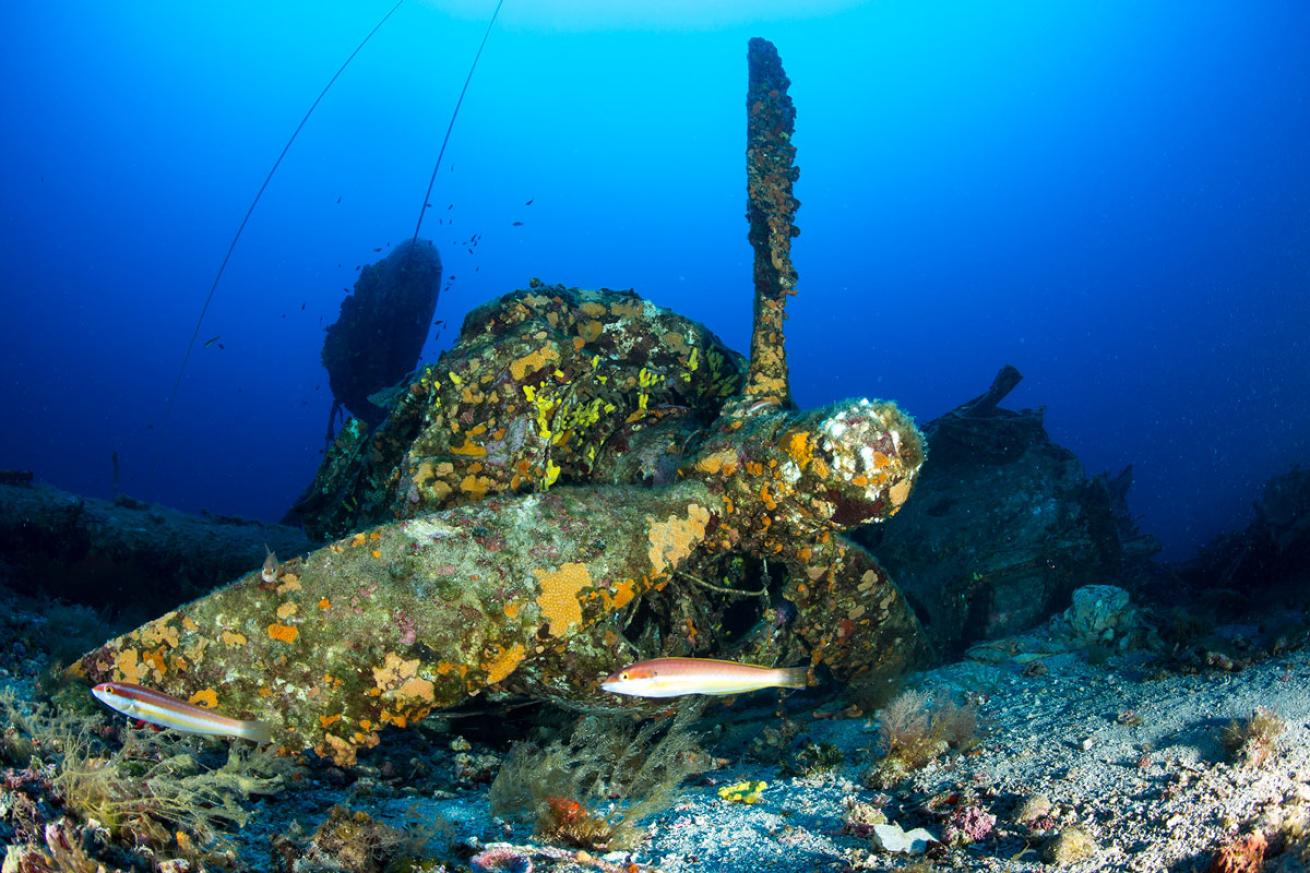
Franco BanfiOne of the four engines of the last B-24 Liberator produced at an aircraft assembly plant in Tulsa. The B-24 was powered by a 1,200 hp Pratt & Whitney R-1830-35 or -41 turbo-supercharged radial engines, Vis Island, Croatia, Adriatic Sea, Mediterranean.
The wreck of the American B24 Liberator lies in the open sea not far from the islet of Parzanj. Through the serial number 42-51430, it is thought that this B24 is the Tulsamerican, the last B-24 J produced in Tulsa by Douglas Aircraft, coming off of the line on July 31, 1944.
The heavy bomber broke off during a failed landing on the sea. It was the last produced Liberator-type heavy bomber in the Douglas factory and got the nickname “Tulsamerican” that was printed on the aircraft’s nose. Damaged above Germany, it managed to fly up to the island of Vis but since it ran out of fuel, it broke off when landing on the sea and immediately sunk. Three crew members died in the accident and seven survived. The main part of the wreck lies at a depth of 39m.
It is an imposing aircraft, laying upside down on the sand, the large wings spread and only one wheel stretching to the surface, as a finger pointed. The left wheel is perfectly lined with one of the four engines, it steadily stands out as it was ready to cushion the crash with the landing strip. The right wheel is missing and you can clearly see its round slot among the two engines and its bearing. The huge “Davis” wings are quite intact and offer a spectacular view of this bomber. The fuselage and the bomb-bay compartments broke apart during the impact with the sea, but we can clearly see the inner side of the flanks, bundles of cables, and the fuselage keel beam.
The cockpit, with its twisted plates, clearly shows how strong the impact was with the sea surface. We can clearly distinguish one of the two cloches and the instruments panel, obviously encrusted by the sea life. The nose, from the cockpit forward and the tail, are missing. Some 60-70 meters ahead of the nose of the wreck, there is the front dome with machine guns, only few a meters from the plateau where the main wreck lies.
Technical information for B-24 Liberator Dive:
Level of Certification: Experienced recreational divers
Rebreather: Yes, if you would like to stay longer at the bottom and are rebreather trained.
Location: Vis Island
Historical interest: High
Biological interest: Medium
Length: 20 meters (66 feet)
Width: 33 meters (108 feet)
Min depth: 40 meters (141 feet)
Max depth: 40 meters (141 feet)
Sank: December 17, 1944
In Croatia, there are many forbidden areas and marine parks and only some official diving centers have been allowed special permissions for activities inside these areas. These licenses are absolutely limited and controlled, but give everyone the opportunity to dive with registered diving centers, which offer qualified services. The guides have a profound knowledge of the areas, of each shoal, of every wall, and are able to show the most beautiful creatures of the Adriatic Sea.
How to Get to Vis Island
You can’t fly directly to Vis. The nearest airport is in Split, which has direct flights from European travel hubs. From the airport, you’ll need a 30-minute taxi ride to reach the harbor, where you need to take a ferry to Vis, (keep it simple by hiring a car at the airport for your stay). This takes another two hours. A bus meets the ferry taking you to your final destination, Komiža, on the other side of the island.
Diving Centers:
Manta Diving Komiža - Island Vis
Contact: Andi Marović via email at: [email protected] OR Aniska Marović via email at: [email protected]
Manta Diving Centre caters to both recreational and deep rebreather diving, but notify them in advance of your requirements.
Price: Starting at € 40 for a single dive, expect additional fees for specific wrecks, gases and night dives, and discounts for multiple dives.
Accommodations:
• Hotel Bisevo is a five-minute walk from the dive center
• Little Gem B&B
• Many private apartments and guesthouses are available to rent. The diving center can put customers in contact with owners.
Restaurants:
• Konoba Bako
• Konoba Jasmina
• Pizzeria Charly
When to Go: The season runs from April to October. Rough seas make diving outside these times difficult, so the dive center closes for the winter.
Dive Conditions: Visibility is usually good to excellent, normally between 15 to more than 40 meters (131 feet). Trilaminate drysuits with a medium-weight underlayer are recommended for technical dives; 6 or 7 mm semi-dry wetsuits are fine for recreational dives.

